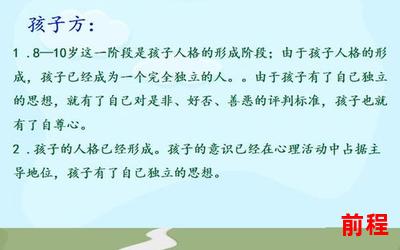 摘要:
Chapter1:TheEncou nterItwasacloudyafternoonwhenEmma,apsychologygraduatestudent,enteredthep...
摘要:
Chapter1:TheEncou nterItwasacloudyafternoonwhenEmma,apsychologygraduatestudent,enteredthep... Chapter 1: The Encounter
It was a cloudy afternoon when Emma, a psychology graduate student, entered the psychiatric hospital for her internship. She was assigned to work with patients who were considered "non-typical" or "abnormal" in society's eyes. Emma's curiosity and eagerness to understand the human mind led her to this path.
As she walked through the sterile hallways, she couldn't help but feel a mix of excitement and nervousness. The first patient she was assigned to was John, a middle-aged man diagnosed with schizophrenia. His room was at the end of the corridor, and as Emma approached, she could hear him talking to himself.
Chapter 2: Unraveling the Mind
Emma's sessions with John were challenging yet rewarding. She learned about his hallucinations, delusions, and the daily struggle he faced to maintain his grip on reality. Through their conversations, Emma discovered that John's creativity was heightened during his episodes, and he would often create elaborate stories and artwork.
This realization sparked Emma's interest in exploring the connection between mental illness and creativity. She delved into research papers, case studies, and even fictional novels that portrayed characters with non-typical perspectives. One such novel was "The Curious Mind" by Lisa Turner.
Chapter 3: The Curious Mind
"The Curious Mind" showcased a protagonist named Alex who possessed a unique ability to perceive the world differently. Alex's perspective allowed him to solve complex problems and see beauty in ordinary things. However, society labeled him as "not normal" because he didn't conform to their standards.
Inspired by Alex's character, Emma decided to conduct her own research study. She gathered a group of individuals with various non-typical traits such as synesthesia, autism, and attention deficit hyperactivity disorder (ADHD). Emma wanted to explore whether their perspectives could offer valuable insights into problem-solving and creativity.

Chapter 4: The Power of Perspective
Through her research, Emma discovered that individuals with non-typical traits often possessed exceptional abilities in certain areas. For example, those with synesthesia could see colors and hear sounds in a way that others couldn't comprehend. This unique perspective allowed them to create vibrant artwork and compose melodic music.
Emma's findings challenged the traditional notion of "normality." She realized that by embracing diversity and accepting the non-typical aspects of individuals, society could benefit from their unique perspectives. This realization fueled Emma's passion for advocating for the mental health and well-being of non-typical individuals.
Chapter 5: Breaking the Stigma
Armed with her research and personal experiences, Emma embarked on a mission to break the stigma surrounding mental health and non-typical traits. She organized workshops, gave public talks, and collaborated with artists and musicians who had non-typical perspectives.
Emma's efforts gained recognition and support from the community. People began to see the value in embracing diversity and understanding the complexities of the human mind. Slowly but surely, the walls of judgment and prejudice started to crumble.
Chapter 6: A New Perspective
Years later, Emma looked back on her journey with a sense of fulfillment. She had witnessed the transformation of countless individuals who were once labeled as "abnormal." They had found their voice and their place in society, and their unique perspectives were celebrated rather than shunned.
Emma's work had not only contributed to the field of psychology but also sparked a societal shift in the way non-typical individuals were perceived. She had helped pave the way for a more inclusive and compassionate world, where everyone's mind was valued and understood.
As Emma closed her eyes, she felt grateful for the opportunity to explore the depths of the human mind and contribute to the well-being of non-typical individuals. Her journey had been challenging, but it had led her to a place of greater understanding, acceptance, and love.









